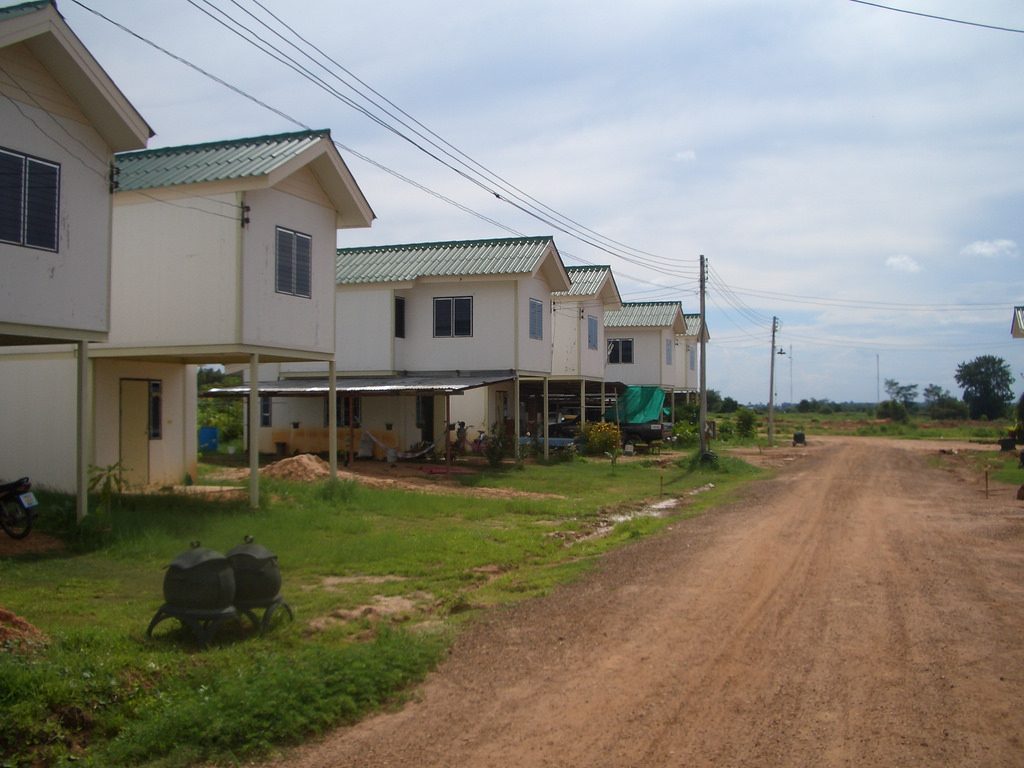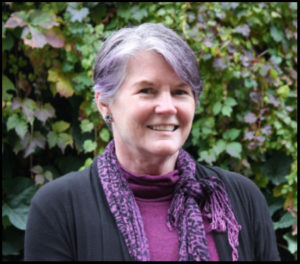Affordability Issues Strike Rural Areas
Rural housing is facing an affordability crisis that’s only getting worse. Large cuts in government funding for rural housing support is creating a serious problem for both renters and home owners, according to a draft report by the National Rural Housing Coalition.
“In smaller, poorer areas, it’s very difficult to get the private sector to come in and pay for housing,” says Bob Rapoza, the National Rural Housing Coalition’s executive secretary. “The federal programs that have been lifelines for these areas have really been cut back. Development funding for these areas has been cut by 75 percent over the last 40 years.”
Housing affordability issues in rural areas are particularly bad in tribal lands and for seasonal farmworkers, the report notes. Indeed, the rural poverty rate is 17.7 percent – about 3 percent higher than urban areas. Nearly one in seven households earn less than $15,000 per year. As such, about 50 percent of poor rural Americans have housing expenses that exceed half of their incomes.
The situation for rural housing wasn’t this bad in the past, Rapoza says. Several government organizations, such as the Housing and Urban Development and the Department of Agriculture, had funded programs to finance the construction of rural rental housing—such as Section 515. That alone had helped fund about half a million units in the 1990s. The program also offered subsidies for renters. But over the years, those subsidies have been gradually reduced.
Then, in 2012, the USDA halted new construction of affordable renting housing through Section 515.
“For rural economies, federal support in various kinds is a big part of the picture,” he says. “There’s not much new construction going on. … Smaller communities, and depressed communities, need support for revitalization.”
Source: “The Affordable Housing Crisis Is a Rural Issue, Too,” Curbed.com (Nov. 9, 2016)
Source: NAR – Real Estate News
Affordability Issues Strike Rural Areas
Photo Credit: Matthew via Flickr / CC BY-SA 2.0








